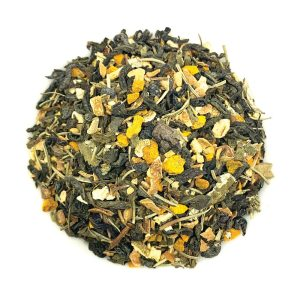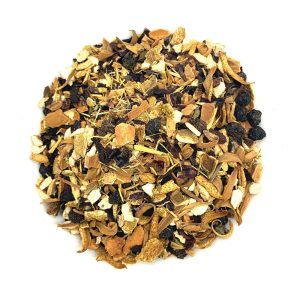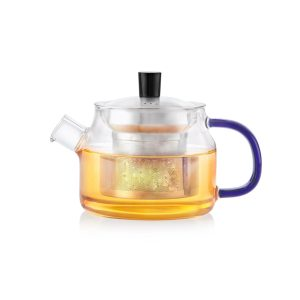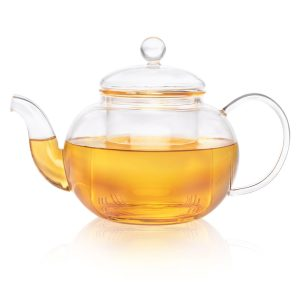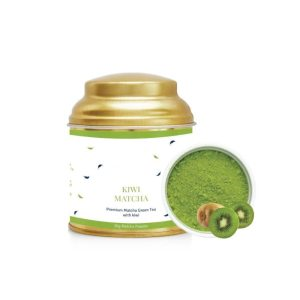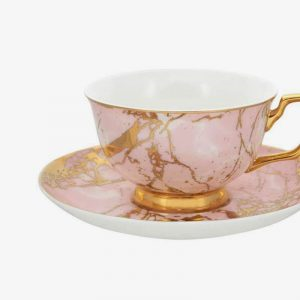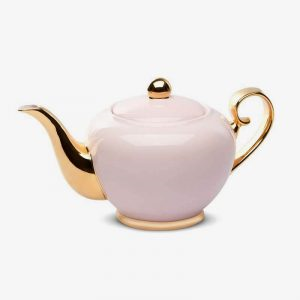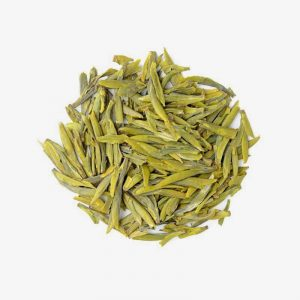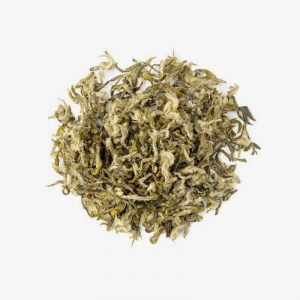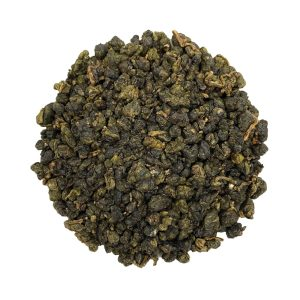Honeysuckle Lemon Fetal Chrysanthemum Flower Tea Fruit Tea
Green tea (non-fermented tea, fermentation degree 0%)
Process: Killing green, kneading and drying (the key process is killing green, through high temperature passivation enzyme activity, fresh leaf green is retained).
Features: Clear soup green leaves, fresh taste, rich in tea polyphenols and vitamins.
Represents tea: Longjing (fried green), Biluochun (tender fried green), Huangshan Maofeng (baked green), Enshi Yulu (steamed green), Dianqing (sun green).
Subdivision types: fried green (such as eyebrow tea), baked green (such as Taiping Houkui), sun green (such as Dianqing), steamed green (such as Sencha).
White tea (micro-fermented tea, fermentation degree 5-10%)
Process: withering and drying (no kneading and twisting, natural drying or slow fire drying).
Features: Full of white hair, light yellow soup color, sweet taste, with aging aroma gradually thickened.
Representative tea: white hair silver needle (single bud), white peony (one bud and one leaf), Shoumei (leaf).
Origin: Fuding, Zhenghe, Jinggu, Yunnan and other places.
Yellow tea (light fermented tea, fermentation degree 10-20%)
Process: killing, kneading and twisting, stuffy yellow drying (key process is stuffy yellow, so that tea leaves yellow).
Features: yellow leaf yellow soup, mellow taste, low irritation.
Representative tea: Junshan Yinzhen (Huangya tea), Mengding Huangya, Beigang Maojian (Huangxiaocha), Huoshan Huangda tea.
Taking basic teas as raw materials, it is made by blending, scenting, extraction and other processes:
Scented tea: green tea + flowers (such as jasmine tea, rose tea).
pressed tea: dark tea pressed and formed (such as Pu'er cake tea, Tuocha, Liubao tea brick).
Extracted tea: instant tea, concentrated tea (such as tea powder, tea paste).
Fruit tea: black tea/green tea + fruit (such as lychee black tea, lemon green tea).
Medicinal health tea: add Chinese herbs (such as weight loss tea, eucommia tea).
Tea-containing beverages: black tea/green tea beverages (such as iced black tea, green tea bottled drinks).

